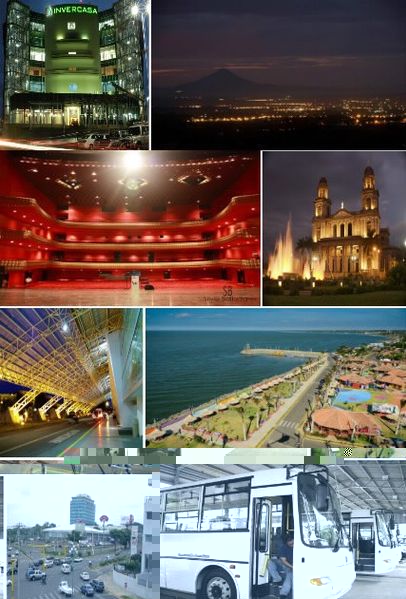What is the history of Managua, Nicaragua?
Immanuel Zerger - Solentiname Tours - Discover Nicaragua
 7,000 years ago, there were people who are already living here in Managua. They walked along the Lake Managua and their footprints were petrified after a volcanic eruption near the lake. You can see this in the museum "Huellas de Acahualinca" there today.
7,000 years ago, there were people who are already living here in Managua. They walked along the Lake Managua and their footprints were petrified after a volcanic eruption near the lake. You can see this in the museum "Huellas de Acahualinca" there today. Managua was declared and founded as the capital of Nicaragua as the result of a dispute between the colonial cities of Granada and Leon about which of them should be declared the capital...
 7,000 years ago, there were people who are already living here in Managua. They walked along the Lake Managua and their footprints were petrified after a volcanic eruption near the lake. You can see this in the museum "Huellas de Acahualinca" there today.
7,000 years ago, there were people who are already living here in Managua. They walked along the Lake Managua and their footprints were petrified after a volcanic eruption near the lake. You can see this in the museum "Huellas de Acahualinca" there today. Managua was declared and founded as the capital of Nicaragua as the result of a dispute between the colonial cities of Granada and Leon about which of them should be declared the capital of Nicaragua after independence from Spain in 1821. There had been a war between the two cities and because of this, neither of the two was chosen, and as a compromise, Managua was decided to be the capital of Nicaragua in 1852.
Managua was founded in 1819. In 1852, as written above, Managua was declared the capital of Nicaragua, and today we have about 1.3 million inhabitants. Managua itself only has 1,028,000 people, but together with the municipalities of Tipitapa, and Ciudad Sandino, the overall population is 1.3 million. The population of Nicaragua is 5.8 million, so Managua is a huge part of the whole population of the country.
Managua is the heart of Nicaragua. In 1972, a big earthquake shook Managua. You will see that some of the lakeside areas were not reconstructed even up to today, and there are also some additional green areas because of this. The old cathedral was also strongly affected by that earthquake in 1972. The building still stands, but no one allowed inside because it is unstable. In front of this cathedral, you will see the Revolution Square [Plaza de Revolucion], named after the revolution in 1979 . Revolution Day is celebrated every 19th of July, which is a national holiday.
The national parliament, national government buildings, the president’s residence and all the ministries are located in Managua. The Central Bank, the Nicaraguan Social Security Office and all the telecommunications companies are also in Managua, as well as the two main newspapers of Nicaragua, “La Prensa” and “El Nuevo Diario”. Managua is the economic and the political center of the country.
The mayor of Managua is of high importance to the whole country because oftentimes, the mayor becomes the president of Nicaragua. There have been several presidents of Nicaragua who were previous mayors of Managua.
Posted January 31, 2015


